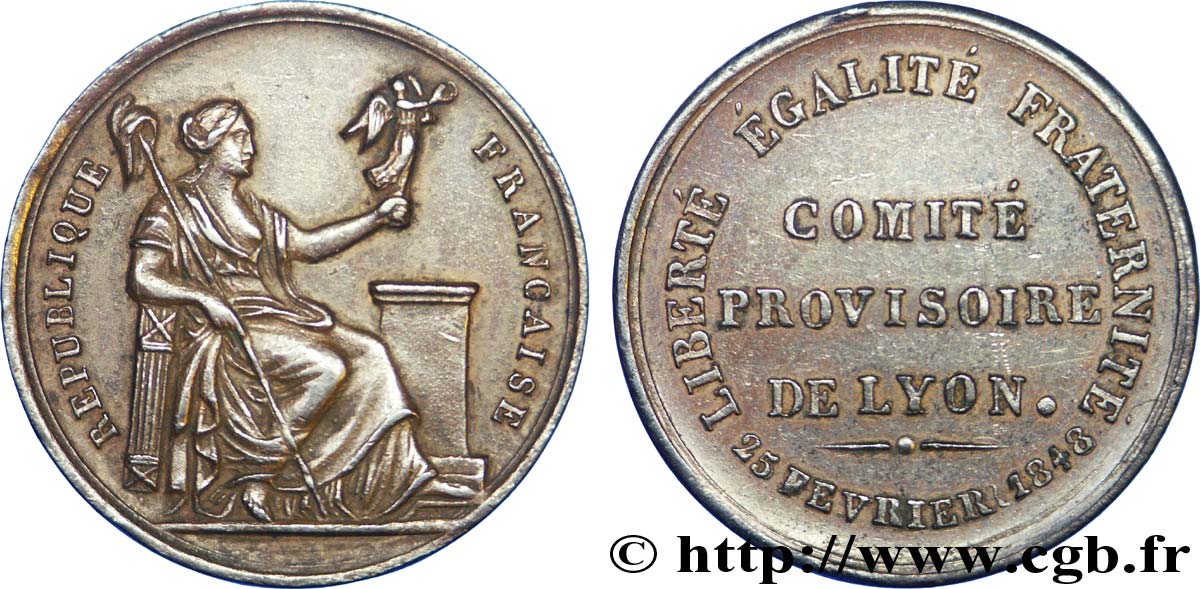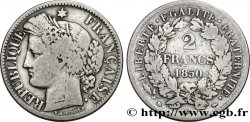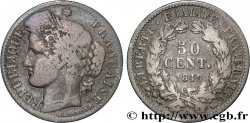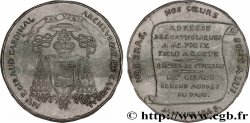fjt_212542 - II REPUBLIC Jeton de présence, Comité provisoire de Lyon 1848
170.00 €(Approx. 181.90$ | 146.20£)
Quantity
Add to your cart

Type : Jeton de présence, Comité provisoire de Lyon
Date: 1848
Quantity minted : ---
Metal : red copper
Diameter : 29,75 mm
Orientation dies : 12 h.
Weight : 9,79 g.
Rarity : R2
Coments on the condition:
Des marques de manipulation et de petits chocs dans les champs. Jolie patine de collection
Catalogue references :
Obverse
Obverse legend : REPUBLIQUE FRANCAISE.
Obverse description : Liberté nicéphore assise à droite devant un socle, appuyée sur un faisceau et tenant dans sa main droite une pique surmontée d’un bonnet phrygien.
Reverse
Reverse legend : LIBERTÉ ÉGALITÉ FRATERNITÉ.
Reverse description : Dans le champ, sur trois lignes : COMITÉ/ PROVISOIRE/ DE LYON. ; en-dessous d’un trait horizontal 25 FEVRIER 1848.
Commentary
D’après les informations apportées par Jean-Pierre Collignon, il s’agit d’un jeton de présence à échanger pour 4 francs.








 Report a mistake
Report a mistake Print the page
Print the page Share my selection
Share my selection Ask a question
Ask a question Consign / sell
Consign / sell
 Full data
Full data



